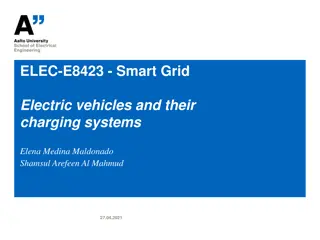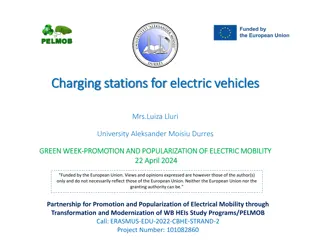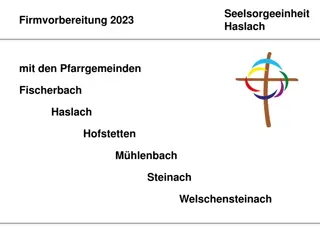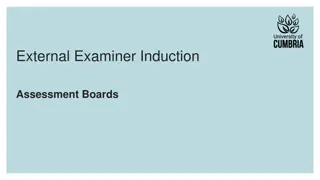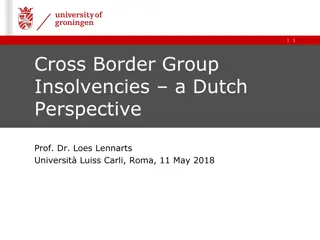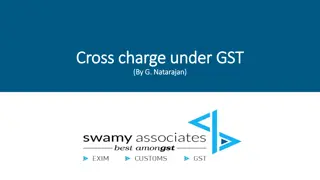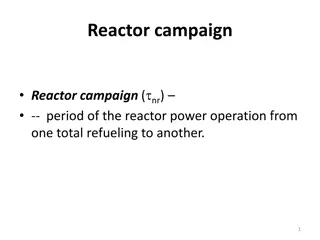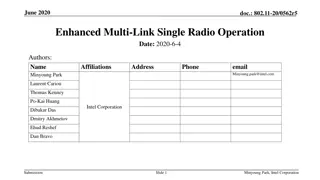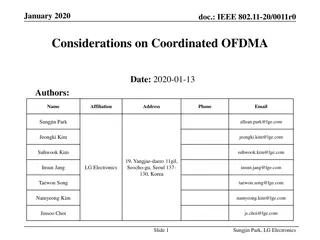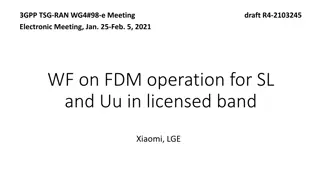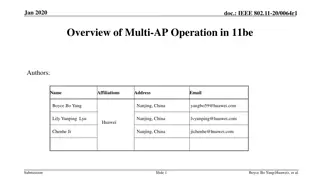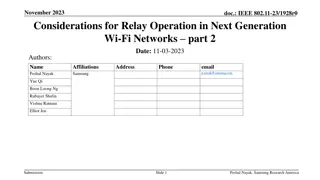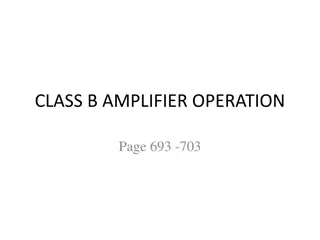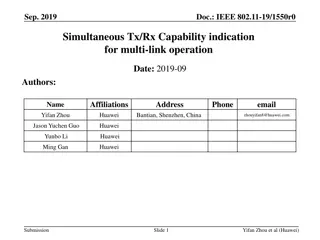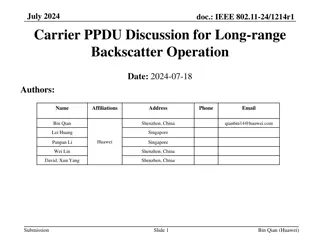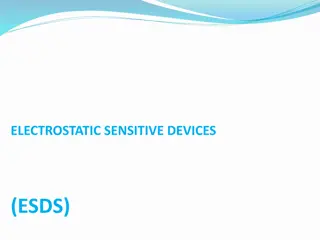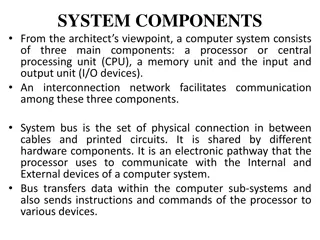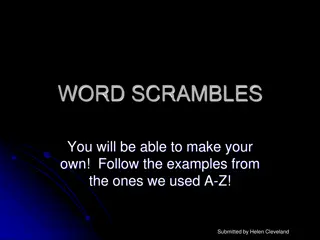USB-TypeC Charging Operation Confirmation Results
This document provides detailed information regarding USB-TypeC charging operation confirmation results, including measurement conditions, target boards, charging current specifications, and confirmation details. It covers topics such as detecting Type-C and BC1.2, power feeding ports, measurement conditions with load resistance, and differences based on the conversion adapter connected. The content discusses voltage values, output currents, detection methods, and how to control current when using USB port types. Numerous images are included for visual reference.
Download Presentation

Please find below an Image/Link to download the presentation.
The content on the website is provided AS IS for your information and personal use only. It may not be sold, licensed, or shared on other websites without obtaining consent from the author. Download presentation by click this link. If you encounter any issues during the download, it is possible that the publisher has removed the file from their server.
E N D
Presentation Transcript
USB-TypeC_Charging operation confirmation results
[confirmation] D+/D-terminal voltage value and output current when detecting Type-C and BC1.2 (SDP, DCP) BC1.2 specifies the following three types of power feeding ports(USB ports Type): SDP Standard Downstream Port CDP Charging Downstream Port DCP Dedicated Charging Port Excludes CDP with ports that support USB2.0 communication
[Measurement condition] BC1.2 (reference:Fig1) DCP:Short D+ and D- SDP:15k PD resistor each for D+ and D- Type-C (reference:Fig2) CC:Implement Rp or Rd Fig1 Fig2 Connect a load resistor to the Type-C receptacle (between VBUS and GND) or without load resistance [Target board] TPS25810EVM Main IC is TPS25810 and TPS2514A Ref. Pin name Status remarks J6 EN Enable J8 CHG "H" J11 CHG_HI "H" J13 CC1 Rd 5.1kPD J14 J15 short CC2 Ra 1kPD (Connect with TPS2514A)
Charging Current no Data Contact Detect ( 1)( 2) VBUS Detect Primary Detection Secondary Detection yes yes ( 3) ( 4) SDP or CDP/DCP SDP USB2.0:0.5A USB3.*:0.9mA CDP or DCP CDP ( 1) Wait 300-900ms after "attach" and move to Primary Detection 1.5A DCP ( 2) Determine whether BC1.2 is supported 3A ( 3) Determine whether SDP or CDP/DCP Type-C D+/D- =OPEN ACA Detection ( 4) Determine whether CDP or DCP ( 5) ( 5) Only determined for portable devices with Micro-AB sockets
[Confirmation details] Measurement condition with load resistance (Connect 1 /20W products in series and check current when load resistance is 2 ) Purpose D+/D-terminal voltage value and output current when detecting Type-C and BC1.2 (SDP, DCP) Question matters (1) Type-C and USB port type (BC1.2): When checking the waveforms of D+ and D-when using DCP, it was found that they were at the same voltage level. I would like to know if the behavior is correct at the same voltage level and how to control the current. (Type-C USB port type(BC1.2) DCP D+ D- ) (2) Confirmed current measurement of Type-C and USB port type (BC1.2)/DCP, SDP using cement resistance (load resistance). As a result, the current value did not change regardless of the state. I would like to know how to control the current and how to measure the current when using the USB port type (BC1.2). (Type-C USB port type(BC1.2) DCP,SDP ( ) USB port type(BC1.2) )
Differences depending on the conversion adapter to be connected CC terminal is connected to GND via resistor Rd (5.1 k 5%) (Fig1) CC terminal is connected via Rd and Rp in Fig1 and Fig2 (Fig2) When the CC terminal is connected to VBUS through the resistor Rp (56 k 5%), Vout>=5[V] (actual value: 2[V]), so the output condition is not satisfied. Therefore, it is excluded from the measurement conditions. 5V ( ) 5V(INPUT) 5V ( ) 5V(INPUT) CC1 CC1 CC2 CC2 OUT OUT Fig1. Rd=5.1k for CC1 Fig1. CC1 ( Rd = 5.1k ) Fig2. Rd=5.1k,Rp=56k for CC1 Fig2. CC1 ( Rd = 5.1k Rp =56k )
Differences by USB port type Check behavior when charging ports are different As a result, the voltage level was the same when D+/D-= OPEN and when D+ and D-were shorted. 5V ( ) 5V ( ) CC1 CC1 CC2 D+ CC2 D- D+ D- 5V ( ) 5V ( ) OUT OUT OUT OUT Fig3-1. CHG=H CHG_HI=H Rd=5.1k D+ D-=OPEN (Type-C) Fig4-1. CHG=H CHG_HI=H Rd=5.1k Short D+ and D- (DCP) 5V ( ) CC1 CC2 D+ D- 5V ( ) OUT OUT Fig5-1. CHG=H CHG_HI=H Rd=5.1k 15k PD resistor each for D+ and D- (SDP)
2.7 [V] 2.7 [V] 974 [us] 854 [us] D+ D- D+ D- CC1 CC1 CC2 CC2 Fig4-1. CHG=H CHG_HI=H Rd=5.1k Short D+ and D- (DCP) Fig3-1. CHG=H CHG_HI=H Rd=5.1k D+ D-=OPEN (Type-C) 814 [us] 0.96 [V] D+ D- CC1 CC2 Fig5-1. CHG=H CHG_HI=H Rd=5.1k 15k PD resistor each for D+ and D- (SDP)
[Appendix] Excerpt from Universal Serial Bus Type-C Cable and Connector Specification


